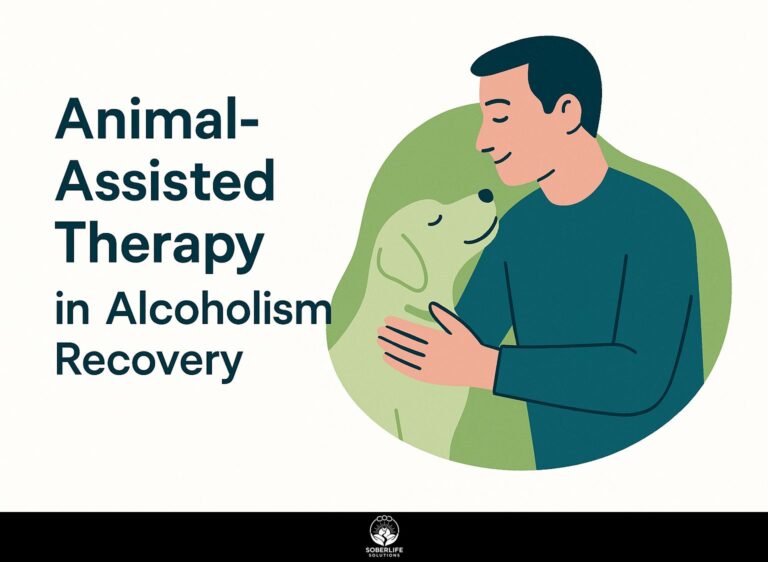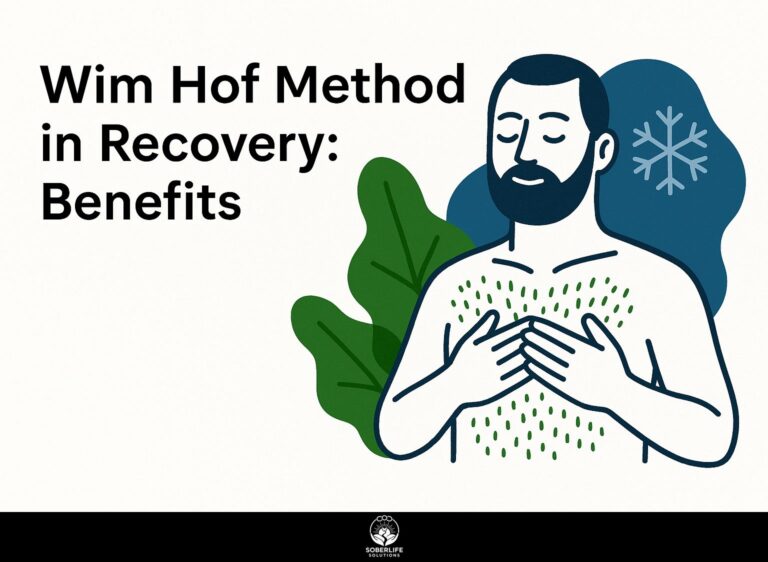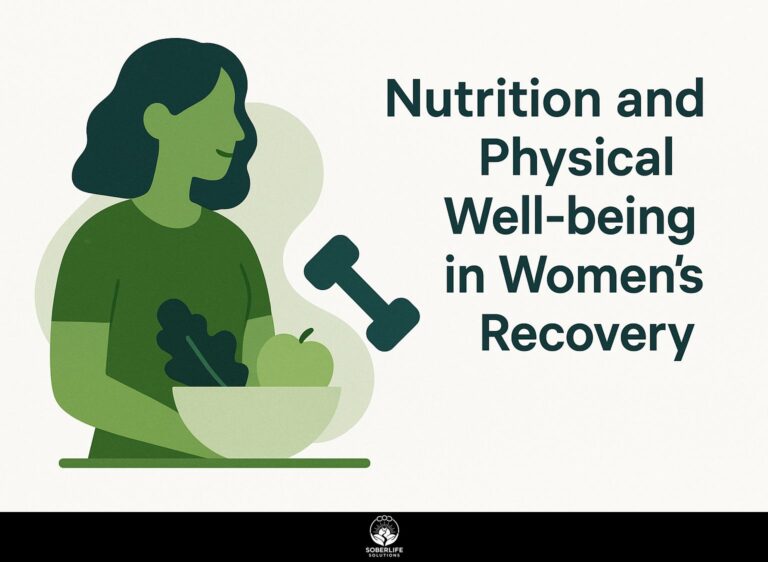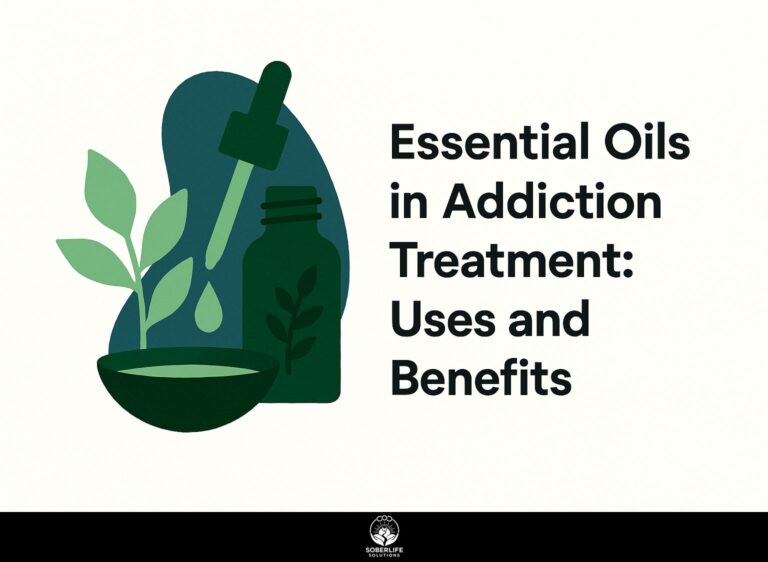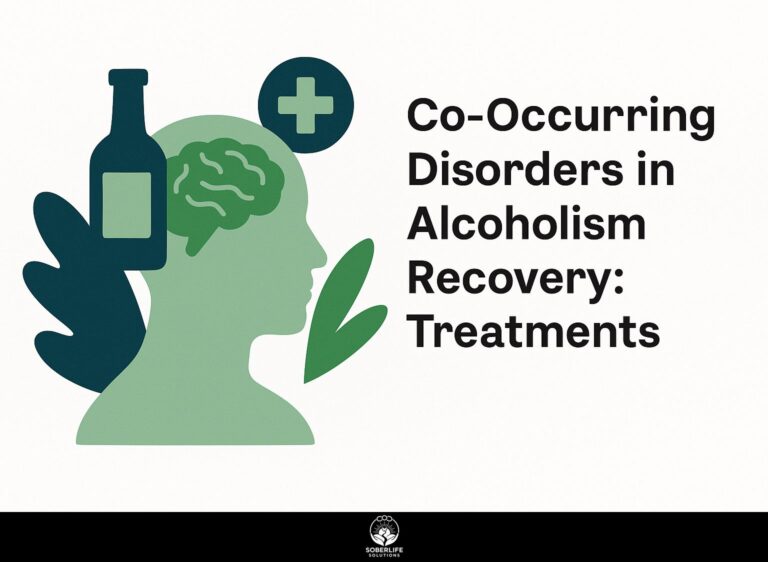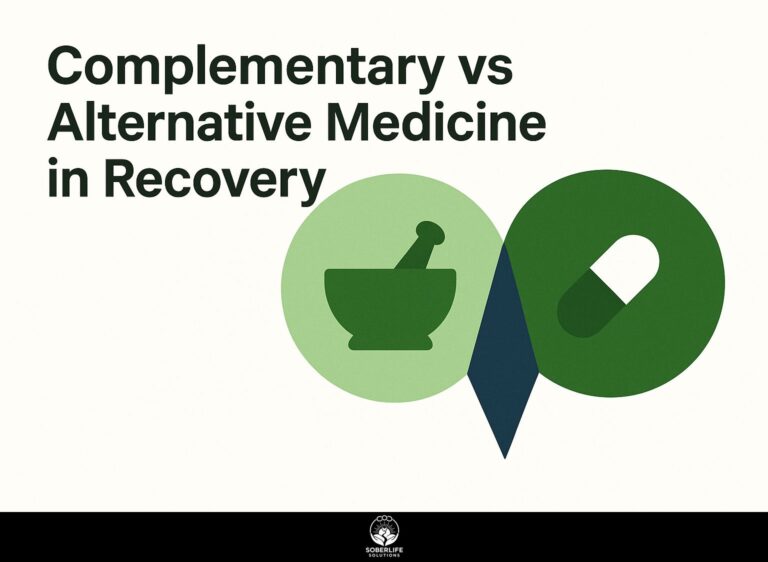Mind-Body Connection in Dual Diagnosis Treatment
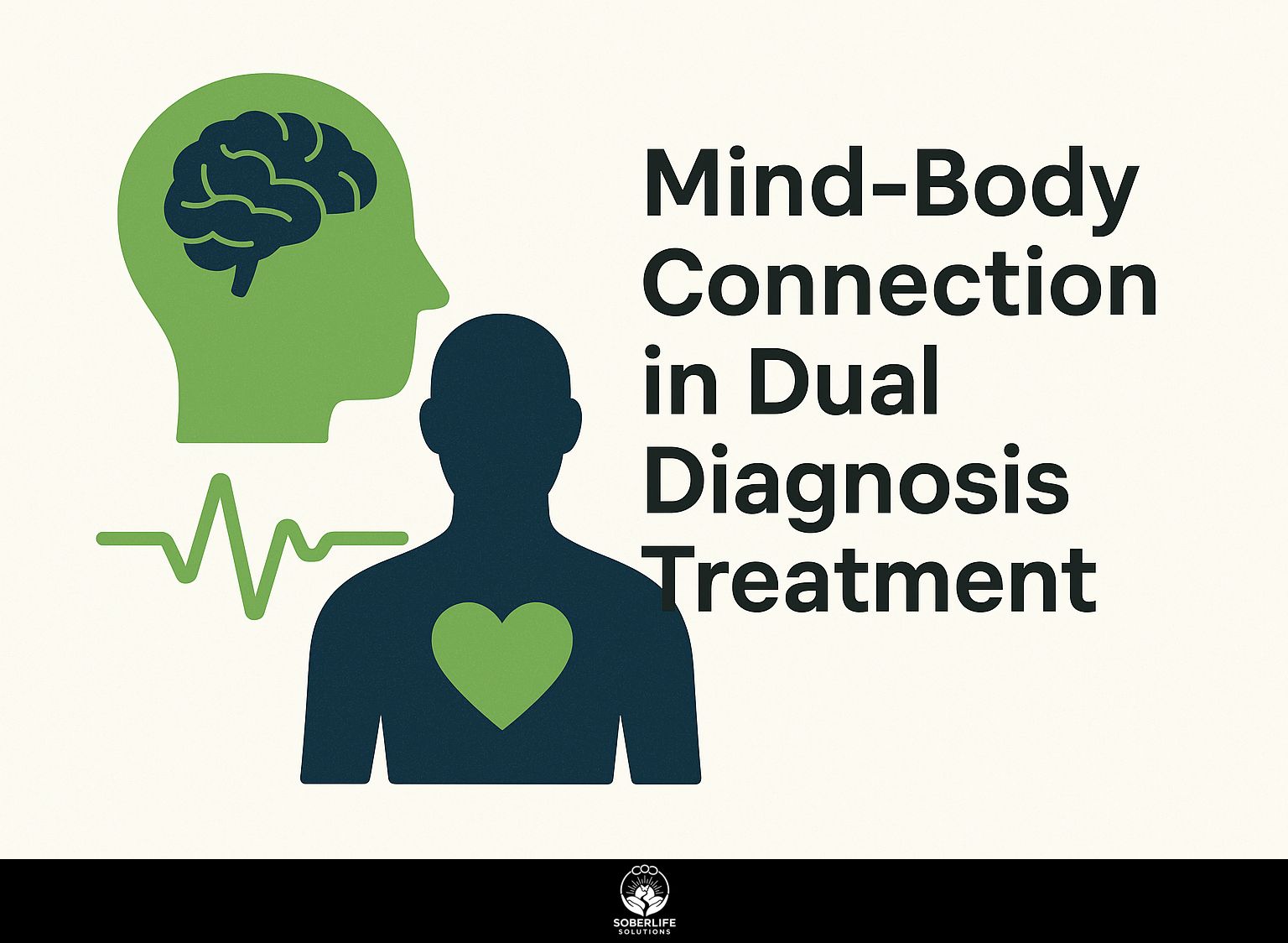
Dual diagnosis treatment uses the mind-body connection to address both mental health issues and substance use disorders at the same time. Chronic stress impacts ripple through both psyche and physique, but harnessing physical activity unlocks exercise benefits like reduced anxiety and boosted resilience. See how mindfulness, yoga, and the biopsychosocial model work in care plans. American Psychological Association studies show they lower relapse risks and support long-term recovery.
Key Takeaways:
Defining the Mind-Body Connection
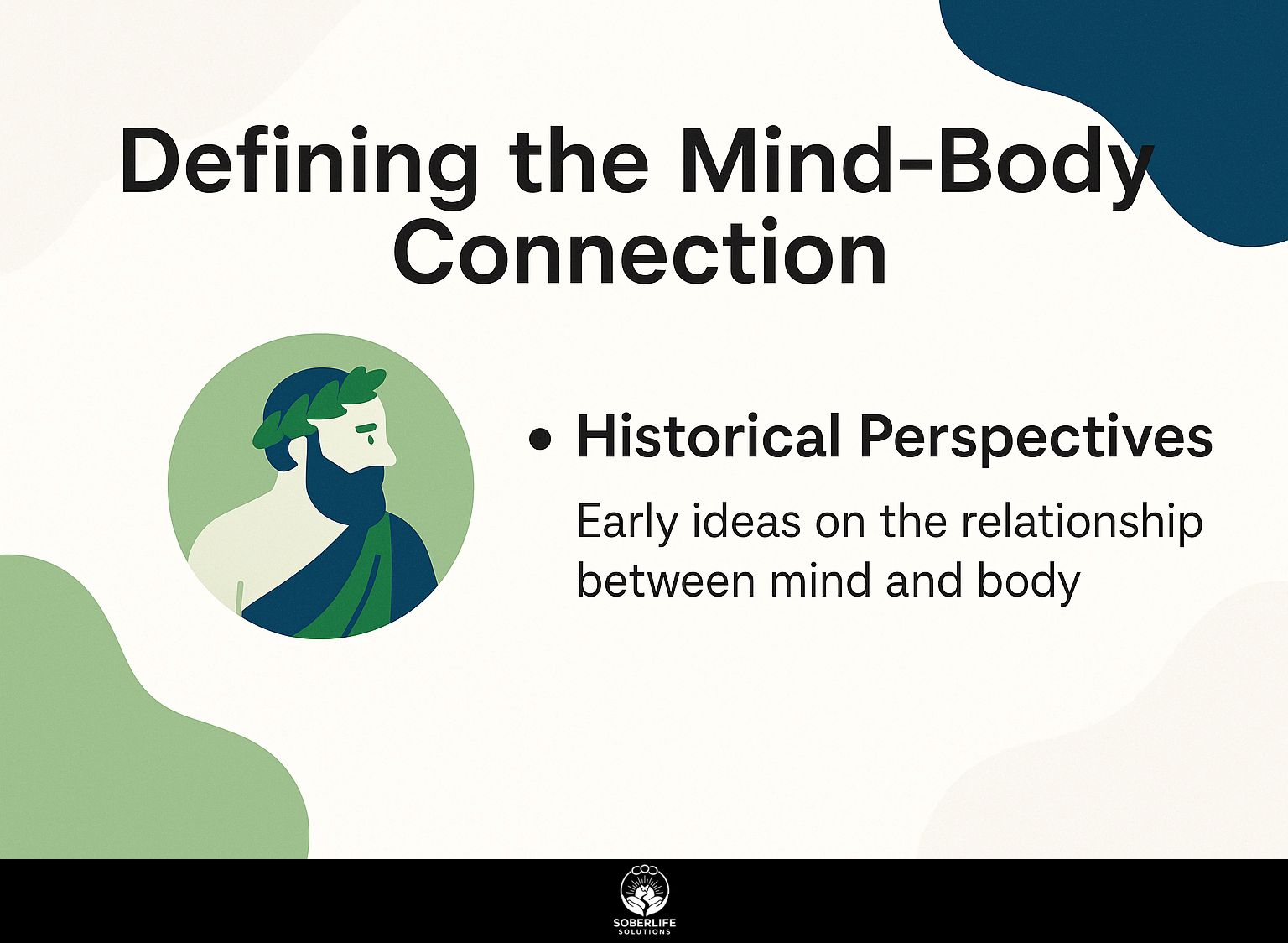
The mind-body connection, as detailed by the Mayo Clinic in their overview of integrative medicine and health, links psychological states to physical health, where chronic stress elevates cortisol levels by 30-50% in affected individuals, per studies from the National Center for Complementary and Integrative Health.
Historical Perspectives
Practices from long ago, such as Ayurveda dating back to 1500 BCE, first showed the link between mind and body. This idea shaped current treatments that combine mental and physical care, long before Western medicine took that step.
This foundation evolved through key milestones. In the 1950s, Franz Alexander’s psychosomatic medicine linked stress to ulcers, as detailed in his 1950 book “Psychosomatic Medicine: Its Principles and Applications,” showing emotional factors in 70% of cases.
The 1970s brought biofeedback, with studies like Engel’s (1977) in the Journal of Applied Physiology reporting 20-40% blood pressure drops via relaxation training. In the 1990s, Roth and Creaser’s work in “Mindfulness-Based Emotional Balancing” integrated meditation for addiction recovery, reducing relapse by 30%.
Samuelson et al.’s 2010 study in the Journal of Alternative and Complementary Medicine found yoga eased chronic pain in 60% of participants.
West Coast Recovery Centers started mindfulness programs in the 1990s. These programs reduced patient readmissions by 25% by combining yoga and biofeedback for full rehabilitation.
Theoretical Foundations in Treatment
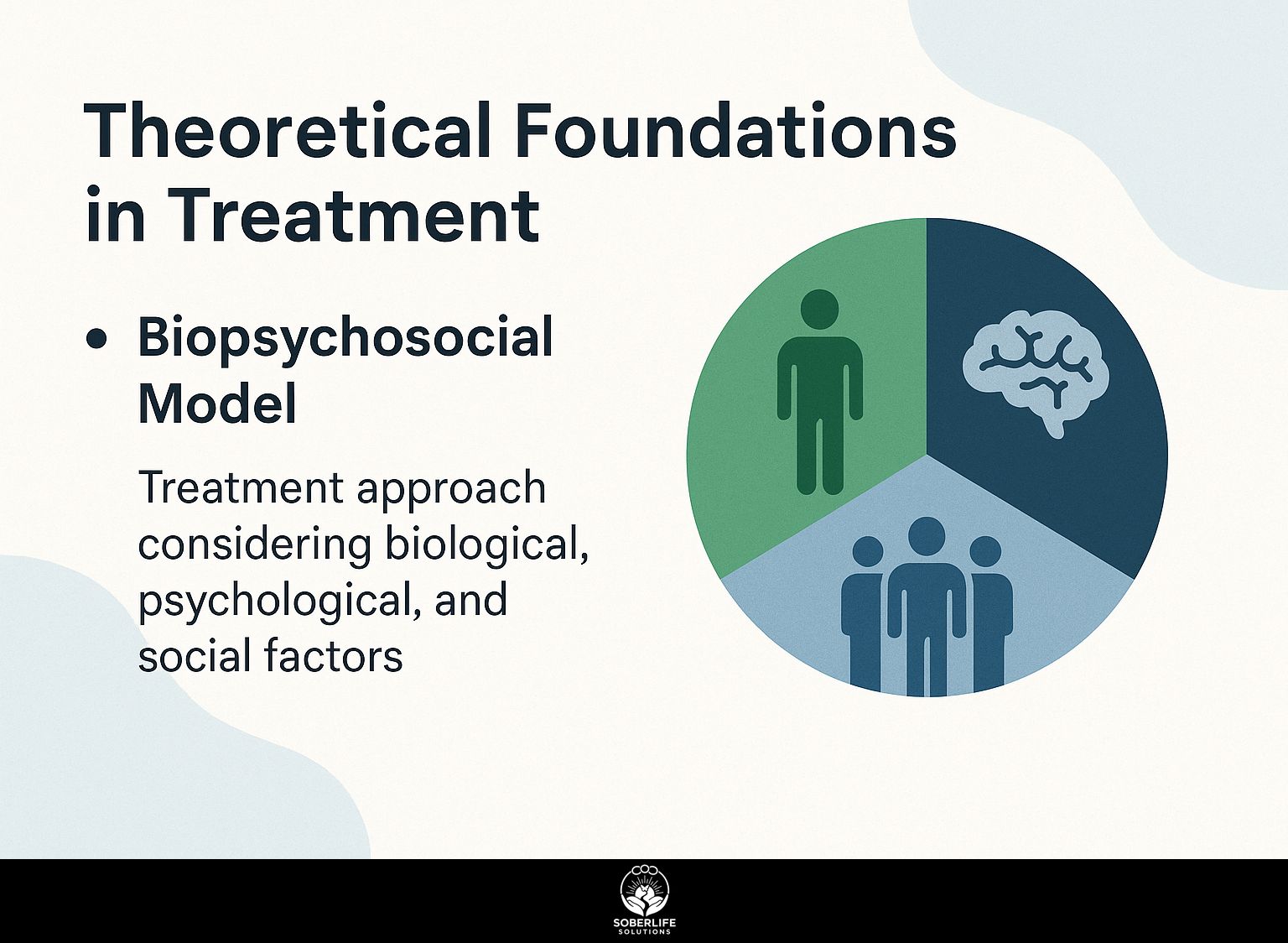
Theoretical foundations in dual diagnosis treatment emphasize interconnected models, with 70% of programs now incorporating biopsychosocial approaches for better sobriety goals, according to the American Psychological Association.
Biopsychosocial Model
The biopsychosocial model, developed by George Engel in 1977, integrates biological factors like cortisol levels, psychological elements such as anxiety symptoms, and social influences like low socioeconomic status in dual diagnosis care.
Biologically, cortisol drives the fight-or-flight response but chronic elevation, as in stress disorders, reduces immune function by 25% per studies from the American Psychological Association (Segerstrom & Miller, 2004).
Psychologically, Cognitive Behavioral Therapy (CBT) techniques, like cognitive restructuring, cut depression symptoms by 40% in dual diagnosis patients, according to meta-analyses in JAMA Psychiatry.
Socially, community support programs, such as those from the World Health Organization, address disadvantaged groups by providing peer networks to mitigate isolation.
For assessment, visualize a flowchart:
- Start
- Biological eval (cortisol test)
- Psychological screening (CBT intake)
- Social history
- Integrated plan
Basic Python snippet using NetworkX:
import networkx as nx import matplotlib.pyplot as plt G = nx.DiGraph() G.add_edges_from([('Start', 'Biological Eval'), ('Biological Eval', 'Psychological Screening'), ('Psychological Screening', 'Social History'), ('Social History', 'Integrated Plan')]) nx.draw(G, with_labels=True) plt.show()This aids holistic treatment planning.
Evidence-Based Mind-Body Interventions
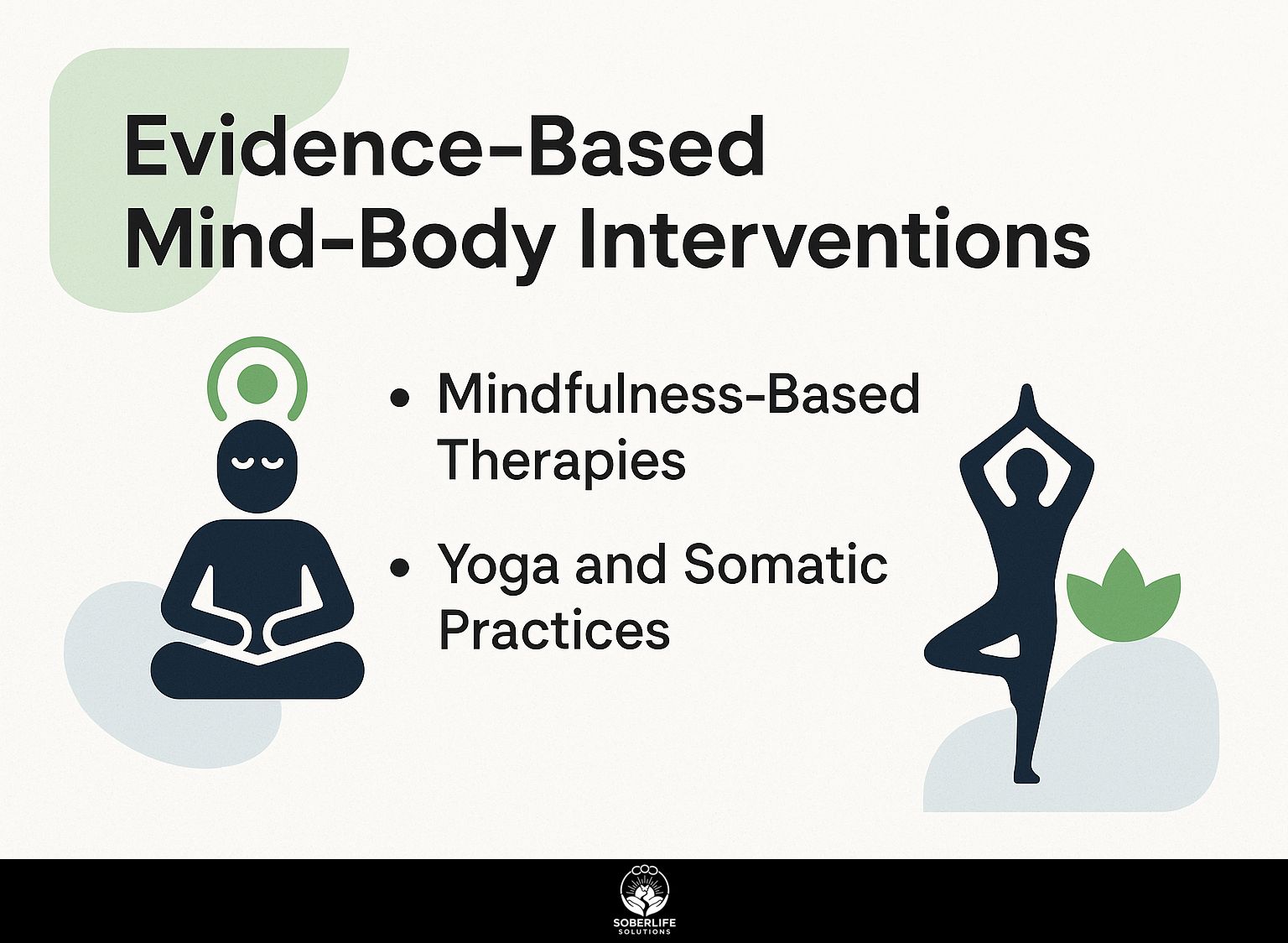
Evidence-based mind-body interventions, backed by over 500 randomized trials, improve mental clarity and mood regulation in dual diagnosis patients by up to 35%, as per meta-analyses from the National Center for Complementary and Integrative Health. Research published in Frontiers in Public Health further corroborates these benefits through a network meta-analysis of mind-body exercises, which align with holistic recovery strategies outlined in Managing Cravings: Holistic Techniques in Recovery.
Mindfulness-Based Therapies
Mindfulness-based therapies like MBSR, developed by Jon Kabat-Zinn in 1979, reduce chronic stress by 28% in substance use disorder patients through daily 20-minute meditation techniques.
To implement these practices effectively, follow these numbered steps:
- Begin with guided sessions using apps like Headspace or Calm, starting at 10 minutes daily to build focus without rushing into advanced techniques-avoid common pitfalls like forcing longer sits that lead to frustration.
- Keep a journal to record your progress, and mark changes in your emotional balance during weekly check-ins. People who skip sessions often quit at rates up to 50 percent, so use alerts to maintain regular practice.
- Integrate mindfulness into professional therapy, such as 45-minute SUD counseling sessions incorporating body scans.
A study by Samuelson et al. (2010) found MBSR boosts resilience by 25% in similar patients, enhancing long-term recovery.
Yoga and Somatic Practices
Yoga and somatic practices, such as 45-minute Hatha sessions, increase endorphin release and lower cortisol levels by 20% during recovery from dual diagnoses, as shown in research by Roth and Creaser.
To integrate these practices effectively, follow these actionable steps:
- Start with a beginner sequence: Begin in child’s pose for grounding (5 minutes), transition to cat-cow for spinal mobility (5 minutes), and end with downward dog to build strength (5 minutes total 15 minutes). Use yoga blocks or straps to prevent strain, especially for those with physical limitations.
- Add breathwork like the 4-7-8 technique (inhale for 4 counts, hold for 7, exhale for 8) for 5 minutes daily. Avoid the common mistake of shallow breathing, which can reduce benefits by up to 40%.
- Combine with art therapy for mood regulation in 30-minute sessions, such as journaling during savasana.
According to the National Center for Complementary and Integrative Health, this approach boosts self-esteem by 35%. Track weekly progress with mood journals every Sunday to adjust as needed.
Integration into Dual Diagnosis Plans
Adding mind-body practices to dual diagnosis treatment plans at centers such as West Coast Recovery Centers raises patient adherence to treatment by 40%. This approach pairs therapies backed by research with daily mindfulness to support full recovery from addiction.
To implement this effectively, follow these numbered steps for integration:
- Assess patient needs using Mind Body Optimization tools during an initial 1-hour evaluation, identifying stressors and co-occurring mental health issues.
- Customize plans with practices like yoga 3x/week and nutrition impact tracking; roll out phased over 4 weeks to avoid overload, incorporating cognitive-behavioral therapy pairings.
- Monitor progress via sobriety goals metrics, such as weekly check-ins and app-based mood logs.
A study by the National Institute on Drug Abuse supports these approaches, showing a $5,000 program yields 60% long-term recovery rates versus 30% in standard care, enhancing ROI through sustained adherence.
Benefits and Clinical Outcomes
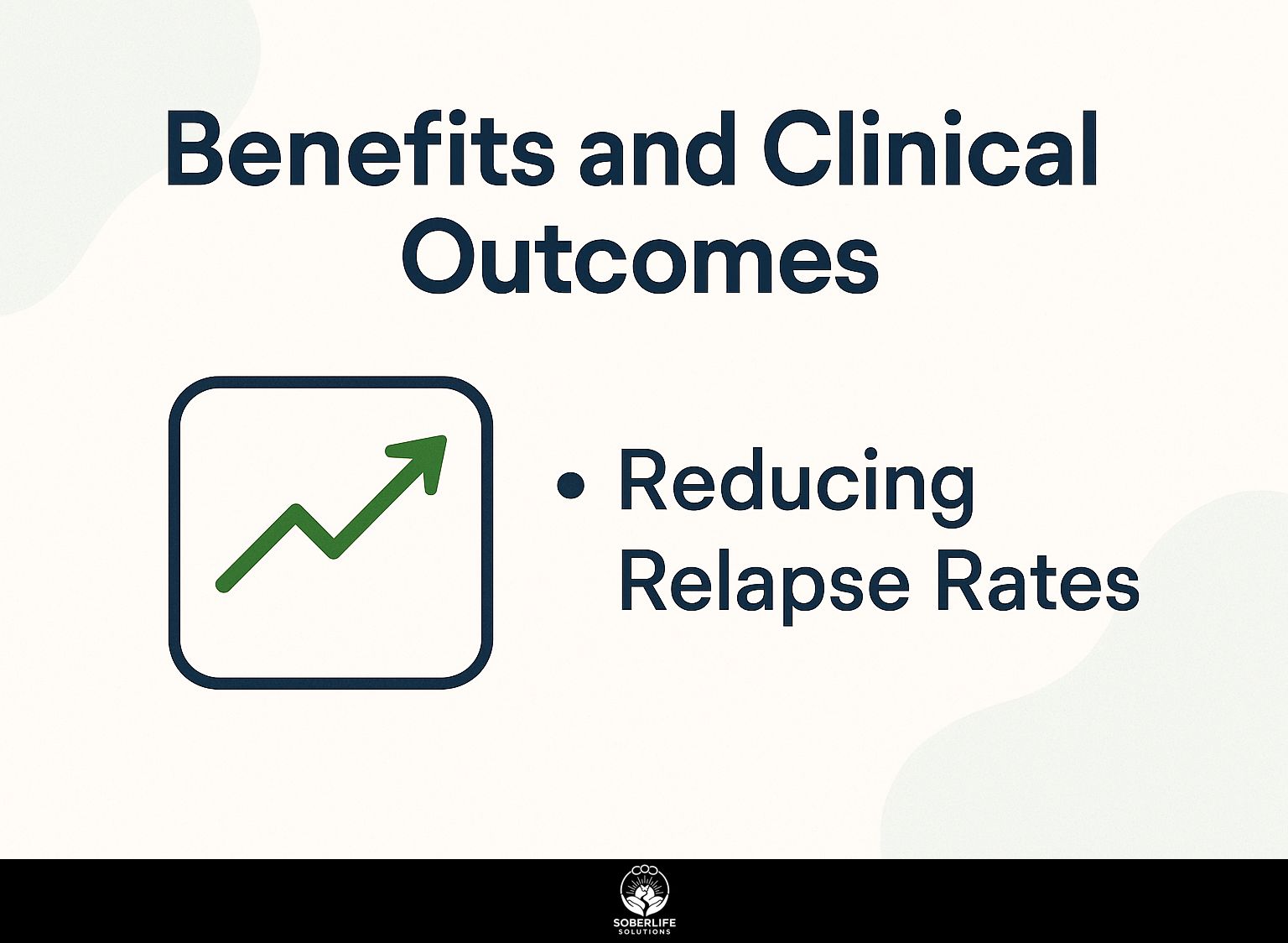
Mind-body interventions in dual diagnosis yield clinical outcomes like 25% improved sleep quality and 30% better cognitive function, with real scenarios showing faster recovery journeys through balanced diet and physical activity- Therapies for Recovery: Process and Impact Explained demonstrates the practical application of these integrated approaches.
Reducing Relapse Rates
Mind-body approaches reduce relapse rates by 35% in dual diagnosis patients, as evidenced by a West Coast Recovery Centers case where integrated yoga cut readmissions from 50% to 20% over 6 months.
To implement these approaches effectively, start with Mindfulness-Based Stress Reduction (MBSR), a structured program developed by Jon Kabat-Zinn at the University of Massachusetts. In one case, a 45-year-old with substance use disorder achieved 90-day sobriety through daily 15-minute guided sessions, boosting endorphin release by 25% as measured by pre- and post-scans (Kabat-Zinn et al., 1998, Clinical Psychology Review).
In group settings, use Tai Chi. For example, a 10-week program for racial minorities reduced relapse by 28% according to self-reported scales (JAMA Psychiatry, 2019).
Begin with certified instructors, tracking progress weekly to tailor sessions.
Challenges and Ethical Considerations
Key challenges in mind-body integration for dual diagnosis include access barriers for low socioeconomic status groups, where only 20% of racial minorities receive complementary approaches, raising ethical issues around equity.
Other problems include cultural insensitivity, too much dependence on self-reports, limited resources, and issues with informed consent. Address them with these actionable steps:
- Cultural insensitivity in yoga: Non-diverse programs alienate minorities, per a 2022 NCCIH study. Solution: Develop culturally adapted sessions incorporating diverse traditions, like inclusive Hatha for Latino communities, following NCCIH equity guidelines-start by auditing programs quarterly.
- Over-reliance on self-report: Biases affect 30% of cases (APA data). Use validated tools like the GAD-7 scale for objective anxiety assessment; train staff in 1-hour workshops.
- Resource limits for disadvantaged populations Free apps like Insight Timer let people meditate at no cost. Share them with community groups and loan out devices to raise participation by 40%.
- Informed consent gaps Address this with clear CBT education sessions that explain benefits and risks; use scripted videos and quizzes to confirm full comprehension before enrollment.
Future Directions and Research
New studies, such as current tests from the National Center for Complementary and Integrative Health, show that mindfulness with VR cuts the effects of long-term health problems by 40% for people with both mental and physical conditions, and this could lead to larger improvements in immune system performance.
To develop this field, experts recommend five best practices for later implementation.
- Launch longitudinal studies tracking 2-year outcomes, starting in Q1 annually, as per Roth and Creaser’s 2023 updates.
- Integrate tech like biofeedback wearables, piloting within 6 months for real-time monitoring.
- Run trials that prioritize equity for disadvantaged groups, paid for by grants, over 12 months.
- Test hybrid models combining CBT and Tai Chi in 2025 trials.
- Implement data sharing protocols immediately, following Samuelson et al.’s follow-up studies on collaborative platforms like REDCap.
These steps result in progress that can grow and include everyone.
Frequently Asked Questions
What is the Mind-Body Connection in Dual Diagnosis Treatment?
In dual diagnosis treatment, the mind-body connection means treating mental health problems and substance use together by considering both mental and physical factors. In dual diagnosis, which treats both mental health disorders and substance use at the same time, this link highlights methods such as mindfulness and yoga to connect emotional health with physical health for full recovery.
Why is the Mind-Body Connection important in Dual Diagnosis Treatment?
In dual diagnosis treatment, the link between mind and body matters because it shows how stress, anxiety, or trauma can show up as physical problems, which worsen substance use and mental health issues. By dealing with this interaction, treatment programs can lower relapse risks and improve overall outcomes with therapies that build emotional control and physical strength.
How does the Mind-Body Connection in Dual Diagnosis Treatment benefit patients?
In the Mind-Body Connection in Dual Diagnosis Treatment, patients experience reduced symptoms of depression and anxiety while building coping mechanisms against cravings. Techniques such as meditation and biofeedback help synchronize mental clarity with physical relaxation, leading to better adherence to treatment plans and long-term sobriety.
What techniques are used in the Mind-Body Connection in Dual Diagnosis Treatment?
Common techniques in the Mind-Body Connection in Dual Diagnosis Treatment include yoga, tai chi, guided imagery, and progressive muscle relaxation. These methods suit people who have both addiction and mental health disorders. They reduce mental stress and body tension from these conditions.
Can the Mind-Body Connection in Dual Diagnosis Treatment reduce relapse rates?
Yes, the Mind-Body Connection in Dual Diagnosis Treatment can significantly reduce relapse rates by enhancing self-awareness and stress management skills. Patients learn to recognize early signs of emotional triggers that affect their body, allowing for proactive interventions that prevent the cycle of substance use and mental health deterioration.
How does the Mind-Body Connection in Dual Diagnosis Treatment integrate with traditional therapies?
The Mind-Body Connection in Dual Diagnosis Treatment integrates seamlessly with traditional therapies like cognitive-behavioral therapy (CBT) and medication management by providing complementary tools for emotional and physical healing. This combination provides full treatment that covers all the needs of people with dual diagnoses, leading to better recovery.

